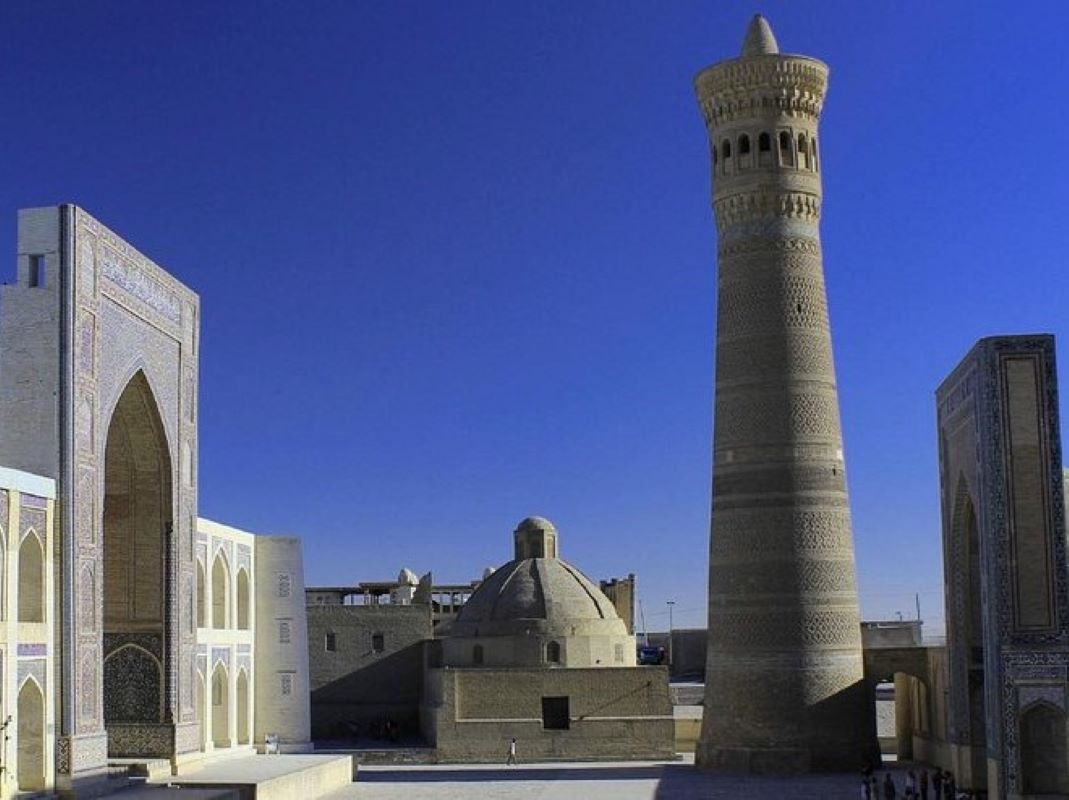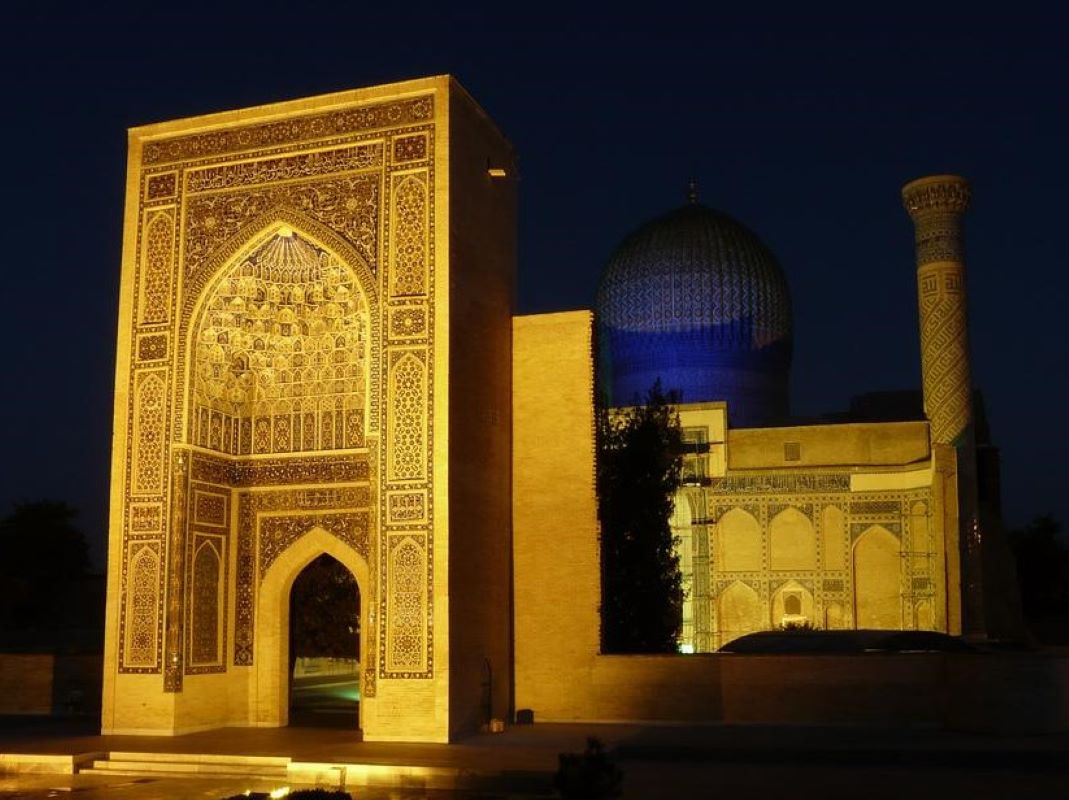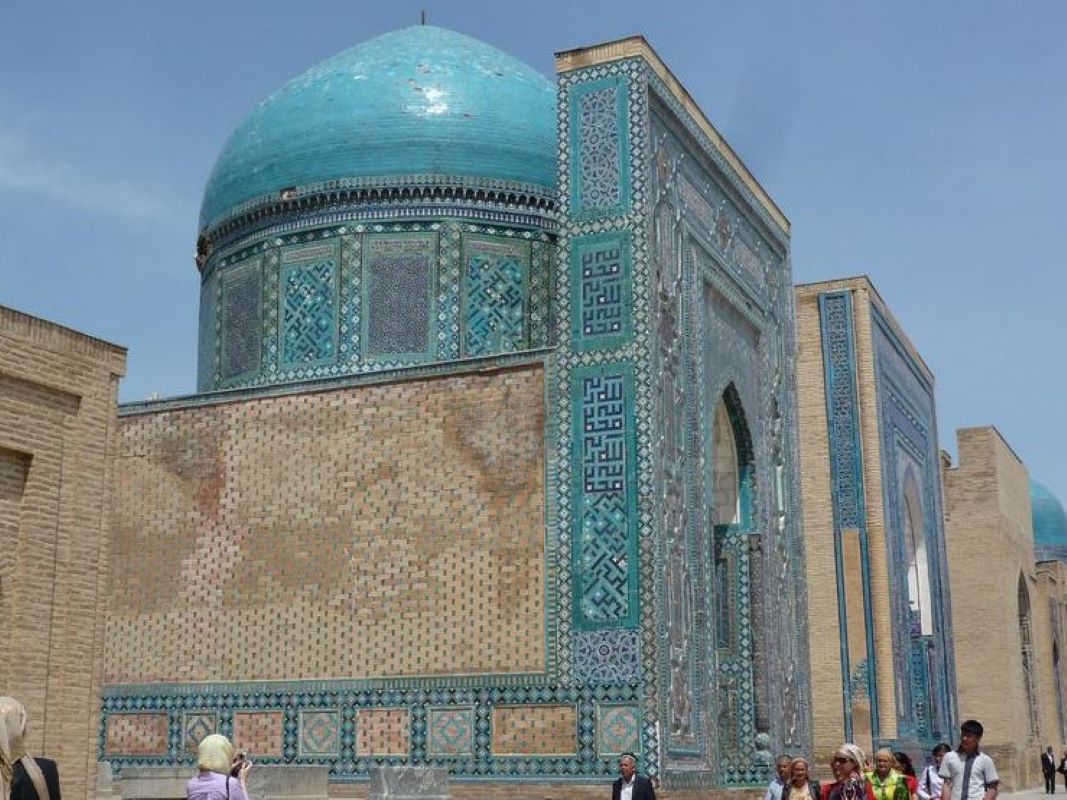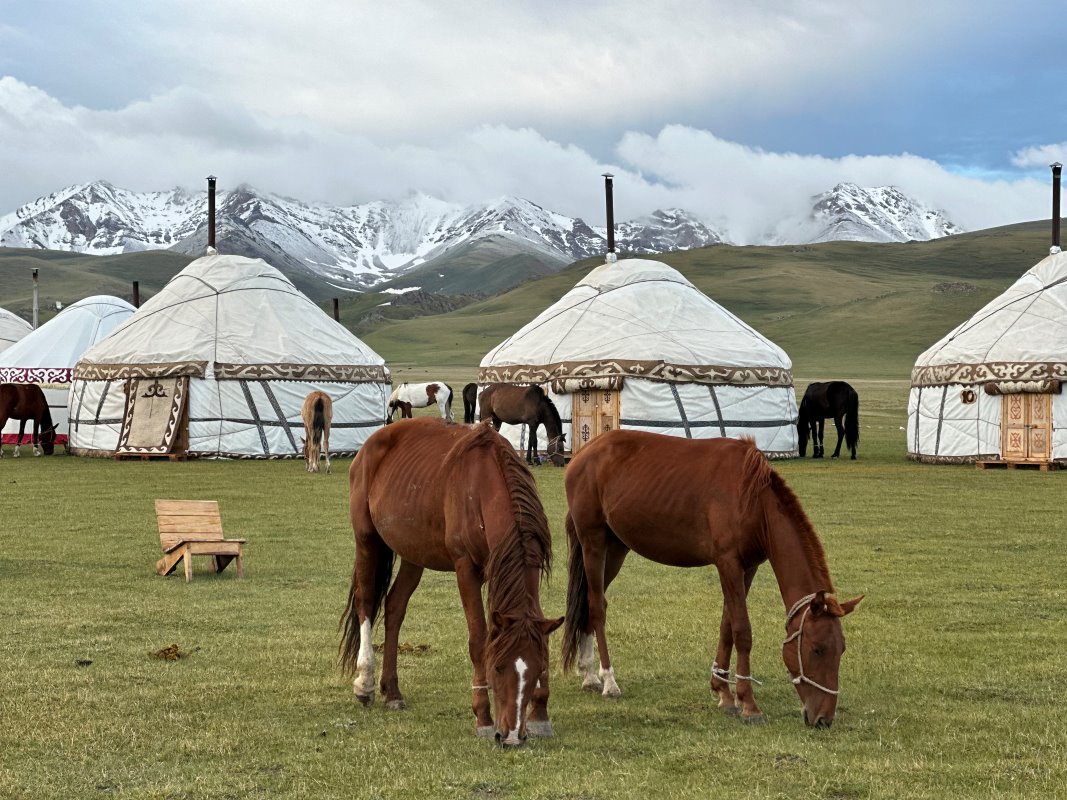The Great Minaret of the Kalon, also known as the Kalon Minaret, is an iconic architectural landmark located in Bukhara, Uzbekistan. “Kalon” translates to “Great” in Persian, indicating the significance of this structure.
Built in 1127 under the Karakhanid ruler Arslan Khan, the minaret was intended to serve as a beacon for travelers and as a symbol of Islam’s dominance in the region. Standing at a height of approximately 47 meters (154 feet), it’s a remarkable example of Central Asian architecture, with intricate brickwork and geometric patterns adorning its surface.
Interestingly, the minaret has survived numerous earthquakes over the centuries, a testament to the skill of its builders. It remains one of the most recognizable symbols of Bukhara and is a UNESCO World Heritage Site, part of the historic center of Bukhara which includes other significant landmarks like the Kalyan Mosque and the Mir-i Arab Madrasa.
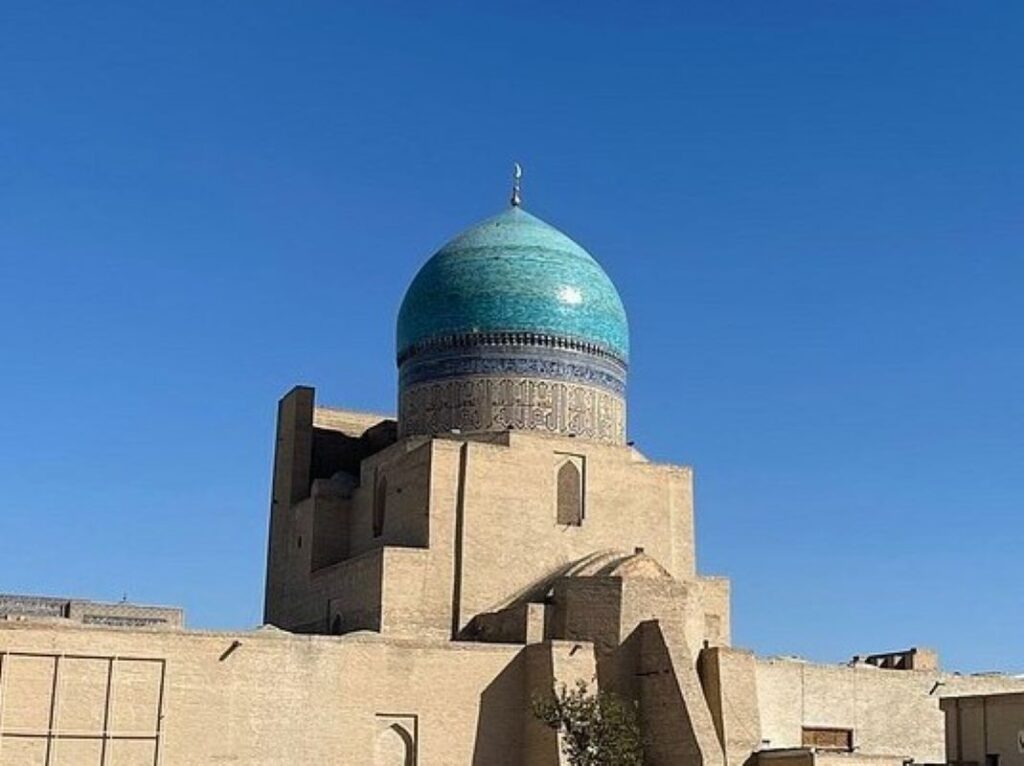
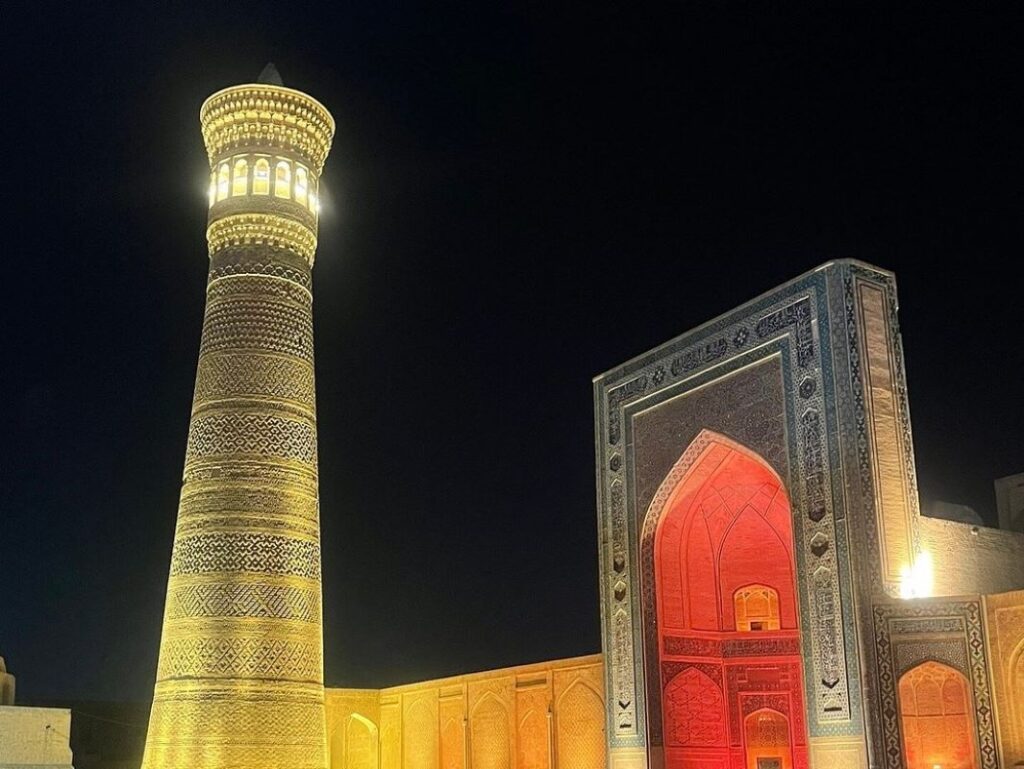
Tourists visiting the Great Minaret of the Kalon can expect to experience several fascinating aspects:
1. Architectural Marvel: The minaret itself is a stunning example of Central Asian architecture, with its intricate brickwork and geometric patterns. Visitors can marvel at its towering presence and appreciate the craftsmanship of its construction.
2. Historical Significance: As one of the oldest and most well-preserved minarets in Central Asia, the Great Minaret of the Kalon holds significant historical importance. Tourists can learn about its role in the region’s history, from its construction in the 12th century to its survival through various periods of political and social change.
3. Panoramic Views: Some tours allow visitors to climb to the top of the minaret, offering panoramic views of Bukhara and its surroundings. This provides a unique vantage point to appreciate the city’s layout and architectural heritage.
4. Surrounding Complex: The minaret is located within the historic center of Bukhara, which is home to several other notable landmarks, including the Kalyan Mosque and the Mir-i Arab Madrasa. Tourists can explore these sites to gain a deeper understanding of the region’s cultural and religious heritage.
5. Cultural Experience: Beyond its architectural and historical significance, visiting the Great Minaret of the Kalon offers tourists the opportunity to immerse themselves in Uzbek culture. They can interact with locals, sample traditional cuisine, and explore the vibrant markets and streets of Bukhara.
Overall, a visit to the Great Minaret of the Kalon provides a rich cultural and historical experience for tourists interested in exploring the heritage of Central Asia.

